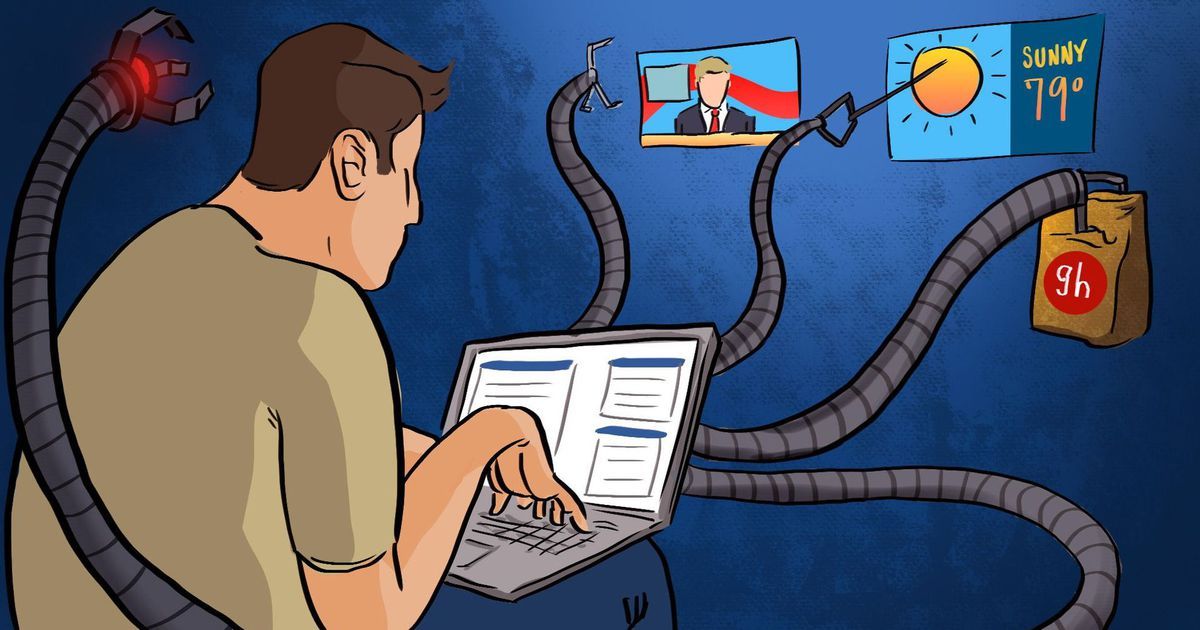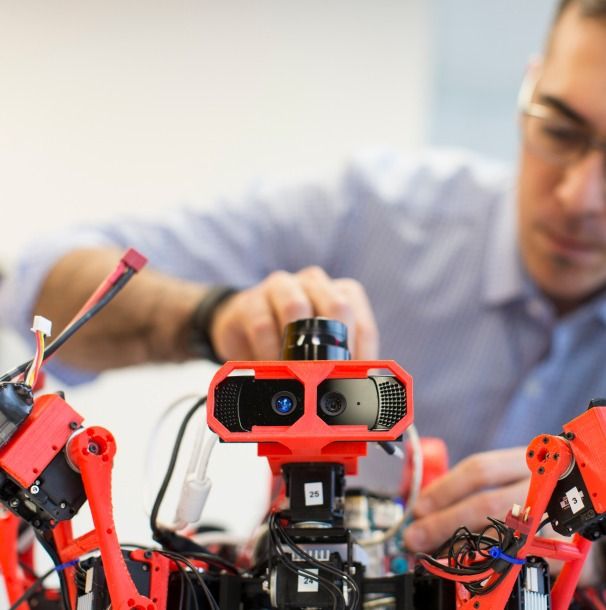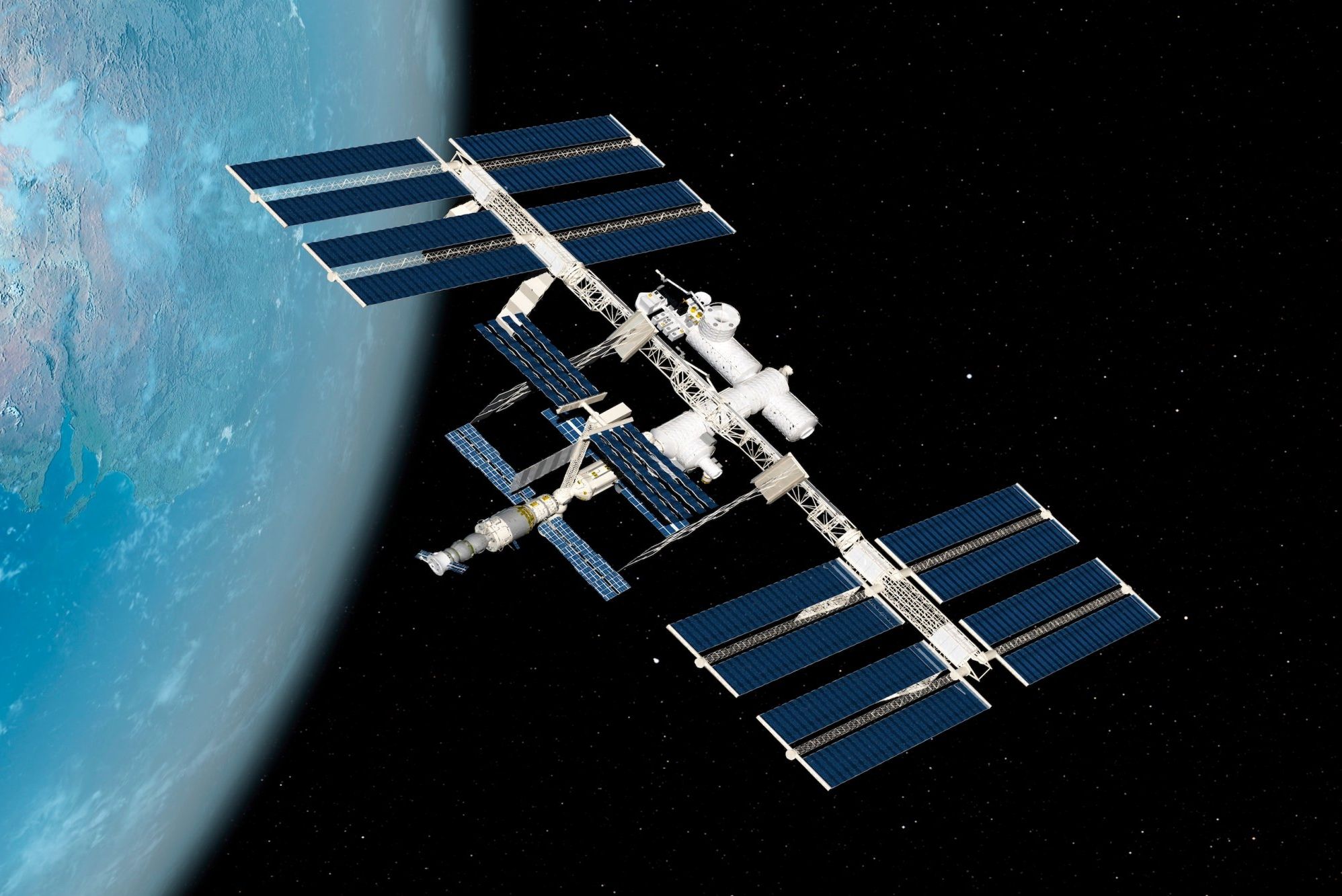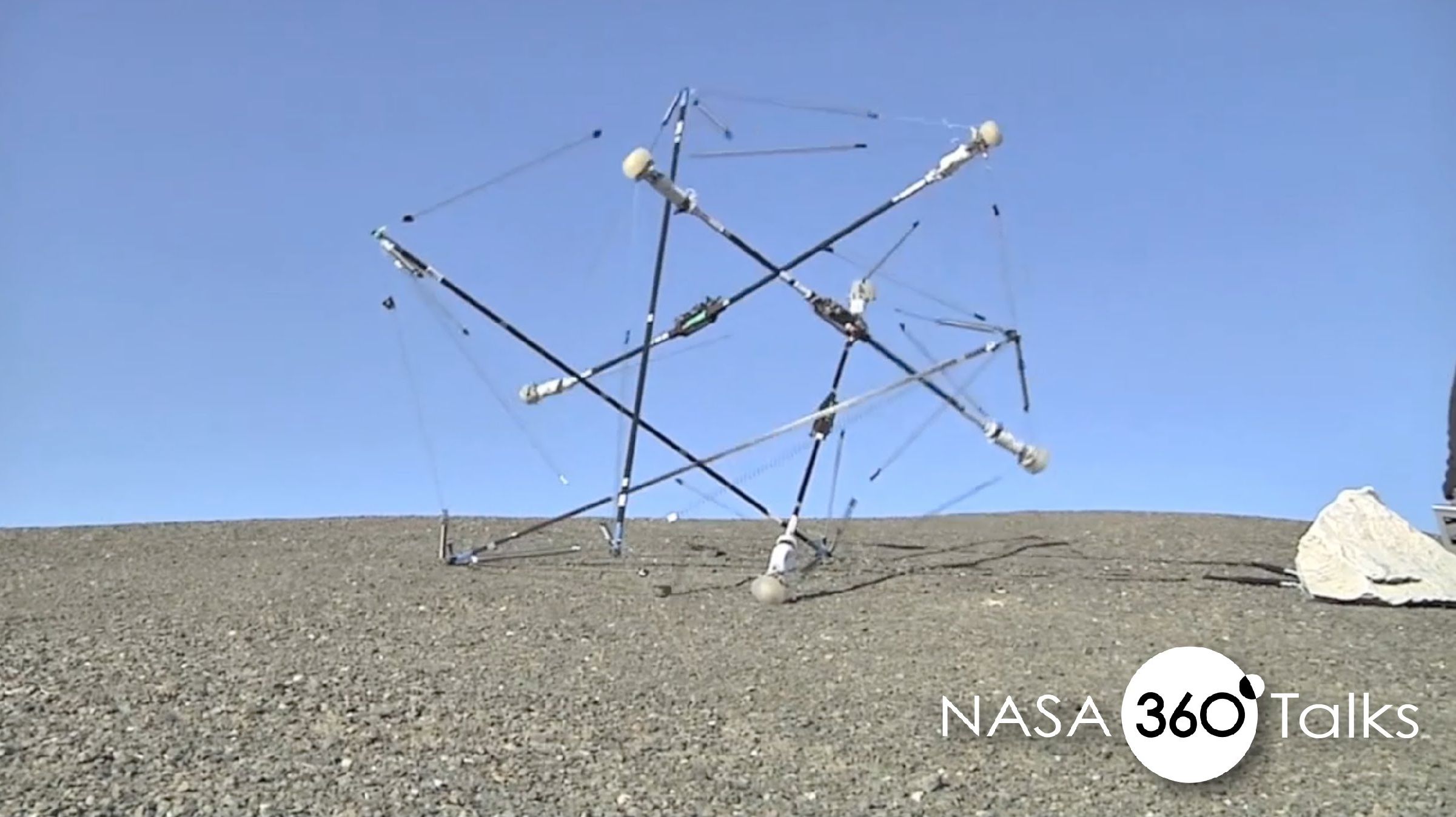I too believe AI could be bigger in the future once the under pinning technology and infrastructure moves to Quantum Technology so that hacking is under control and performance is where it needs to be.
When Mark Zuckerberg thinks about the future, he sees a world that’s dominated by mobile devices and virtual reality, but when Google CEO Sundar Pichai thinks about the future, all he sees is artificial intelligence. He suggested as much during Alphabet’s quarterly earnings call on Thursday, saying that mobile devices and virtual reality will dominate the immediate future, but that they’ll eventually be surpassed in importance by artificial intelligence. However, he didn’t go into detail about what this future will look like.
Artificial intelligence is nothing new at Google, but today we learned just how big a role top boss Sundar Pichai sees AI playing in our future. Answering an analyst query on Google-parent company Alphabet’s Q1 2016 earnings call about how the company is leading innovation, rather than simply adapting to changes in technology, Pichai talked about his role in projecting where Alphabet is going in the next 10 years. He gave a shout out to VR as the hot new platform, and then wrapped up his comments by saying: “In the long run, I think we will evolve in computing from a mobile-first world to an AI-first world.” Earlier in the call he cited Google’s DeepMind AlphaGo super computer defeating a human champion as an extraordinary achievement. He also said the company is investing in AI and machine learning, areas that are taking off and beginning to bear real-world benefits.
Read more

















